Deep beneath the rugged landscapes of Pakistan lies one of the world's most remarkable natural resources—the vast salt deposits of the Salt Range. Stretching across the northern Punjab region, these ancient mines have been a source of wealth, tradition, and fascination for centuries. Unlike ordinary salt mines, Pakistan's deposits tell a story that intertwines geology, history, and culture in a way few other mineral resources can match.
The most famous of these is the Khewra Salt Mine, often regarded as the second-largest salt mine in the world. Located about 160 kilometers from Islamabad, this subterranean marvel attracts thousands of visitors annually. What makes it extraordinary isn't just its size—it's the way salt has formed towering arches, glittering chambers, and even an underground mosque carved entirely from salt rock. The mine's surreal beauty has earned it the nickname "Pakistan's Hidden Cathedral."
Geologists estimate that the salt deposits here formed over 600 million years ago, when ancient seas evaporated and left behind thick layers of halite. Over millennia, tectonic shifts pushed these deposits upward, creating the Salt Range mountains. The region's unique geology means the salt isn't just white—it appears in striking shades of pink and red due to trace minerals like iron oxide. This colorful variation has made Pakistani salt highly sought after, both as a culinary product and as decorative salt lamps that gained global popularity.
The human relationship with these salt reserves dates back to at least 320 BCE, when Alexander the Great's army reportedly discovered the mines. Local legends claim their horses began licking the rocks, revealing the salt beneath. Historical records show systematic mining began under the Janjua Rajputs in the 13th century, but it was the British Empire that industrialized extraction in the 1870s, building railways to transport this "white gold."
Modern mining operations present a fascinating contrast between tradition and technology. In some sections, miners still use centuries-old techniques, carving salt blocks with hand tools. Elsewhere, controlled explosions and heavy machinery extract up to 350,000 tons annually. The mine employs about 1,000 workers, many from families who have worked there for generations. Safety remains a challenge—the constant threat of tunnel collapses means engineers continuously reinforce passageways with salt-resistant cement.
Beyond its economic value, the salt plays a surprising role in local healthcare. The mine's microclimate—constant 18-20°C temperature and 40-50% humidity—is believed to help respiratory conditions. An underground hospital established in the 1960s treated asthma patients until 2007, when structural concerns forced its closure. Today, visitors still report breathing easier within the salt-lined tunnels, though scientists debate whether this is due to actual therapeutic effects or the placebo phenomenon.
Pakistan's salt mines face complex challenges in the 21st century. Environmental concerns include groundwater contamination from brine runoff, while economists worry about overdependence on a single resource. The government has tried diversifying—promoting salt tourism and approving new Himalayan pink salt brands for export. These efforts met mixed success; counterfeit salt products from other countries often flood international markets, undercutting authentic Pakistani brands.
Perhaps the most unexpected development has been the mines' emergence as climate research sites. The ultra-pure salt crystals contain trapped air bubbles that serve as time capsules of Earth's ancient atmosphere. Teams from European universities regularly collect samples, studying them for clues about prehistoric climate patterns. This research could prove vital for understanding current climate change trends.
As dawn breaks over the Salt Range, the mines begin another day of activity. Trucks loaded with pink salt blocks rumble toward processing plants, while tour guides prepare to lead visitors through glittering caverns. Above ground, the landscape appears barren—few would guess what wonders lie beneath. Pakistan's salt mines remain one of those rare places where nature's artistry, human ingenuity, and historical legacy converge, creating a resource that's far more valuable than its weight in salt.

By Grace Cox/Apr 28, 2025
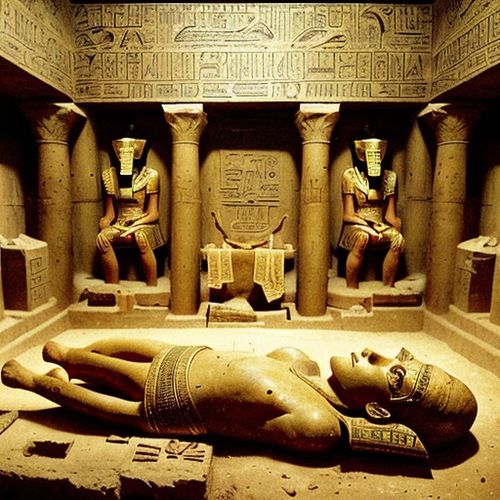
By Emma Thompson/Apr 28, 2025

By Christopher Harris/Apr 28, 2025
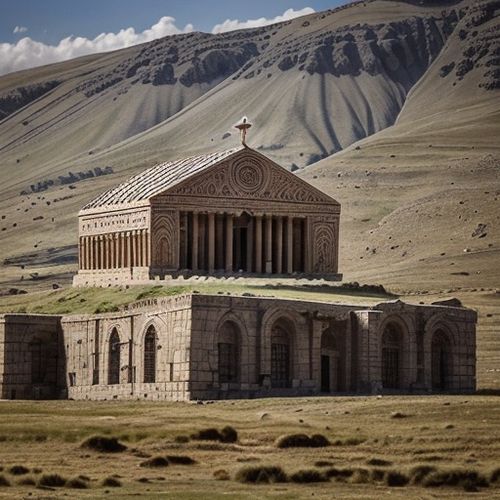
By Lily Simpson/Apr 28, 2025

By Olivia Reed/Apr 28, 2025

By Christopher Harris/Apr 28, 2025

By Amanda Phillips/Apr 28, 2025

By Daniel Scott/Apr 28, 2025

By Jessica Lee/Apr 28, 2025

By James Moore/Apr 28, 2025
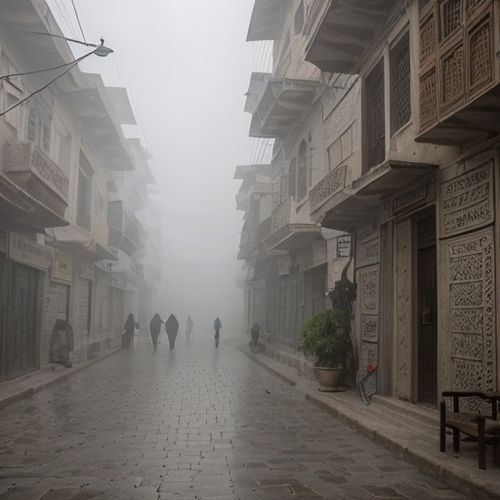
By Grace Cox/Apr 28, 2025

By Emily Johnson/Apr 28, 2025

By Thomas Roberts/Apr 28, 2025
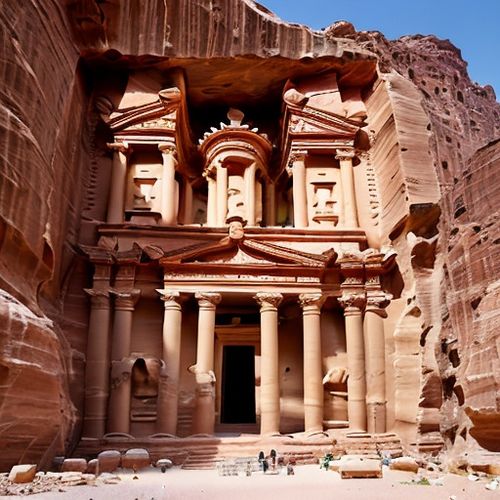
By Amanda Phillips/Apr 28, 2025

By Daniel Scott/Apr 28, 2025
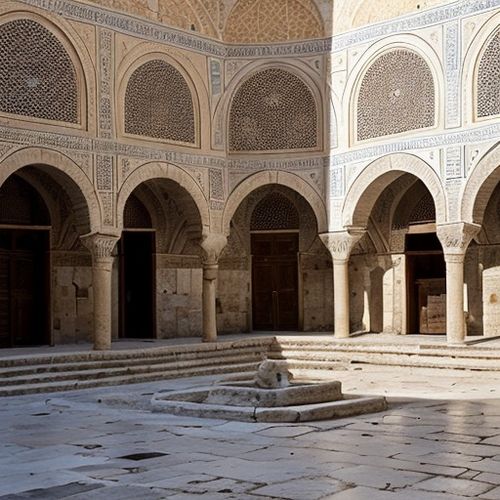
By William Miller/Apr 28, 2025
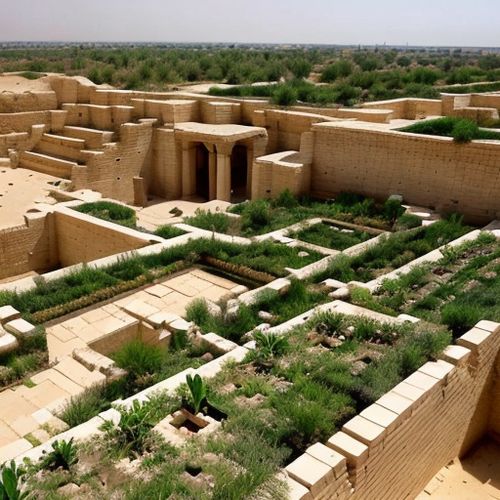
By Joshua Howard/Apr 28, 2025

By Amanda Phillips/Apr 28, 2025

By Natalie Campbell/Apr 28, 2025
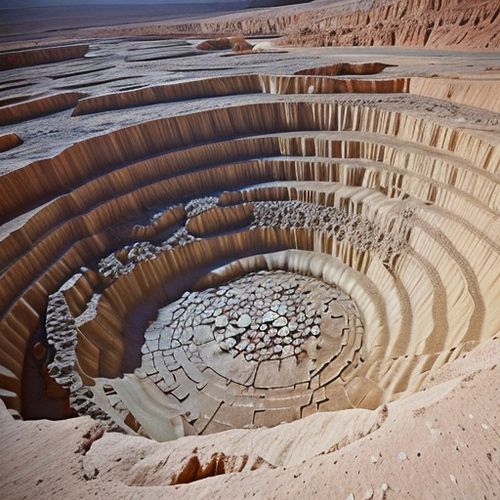
By Natalie Campbell/Apr 28, 2025